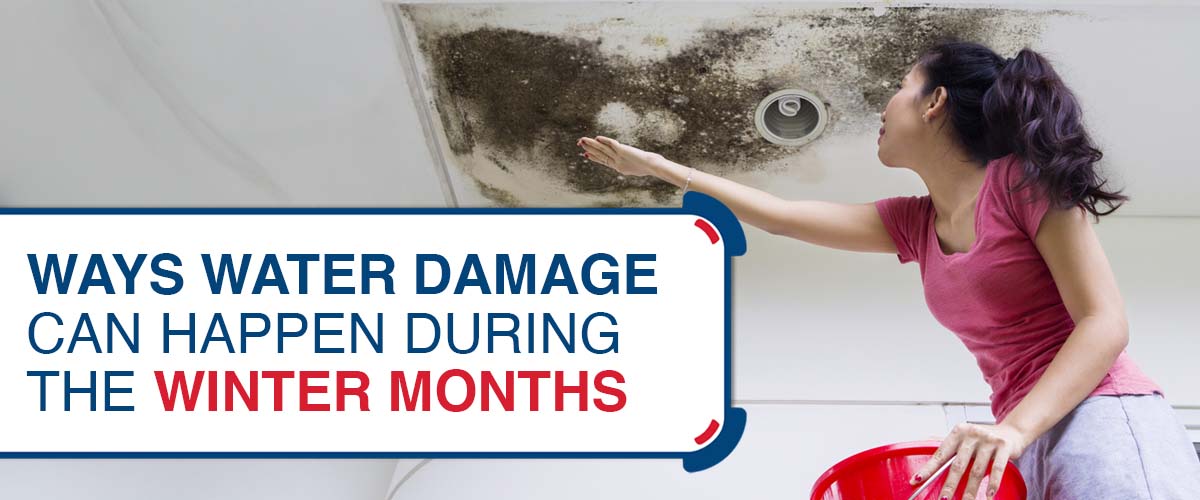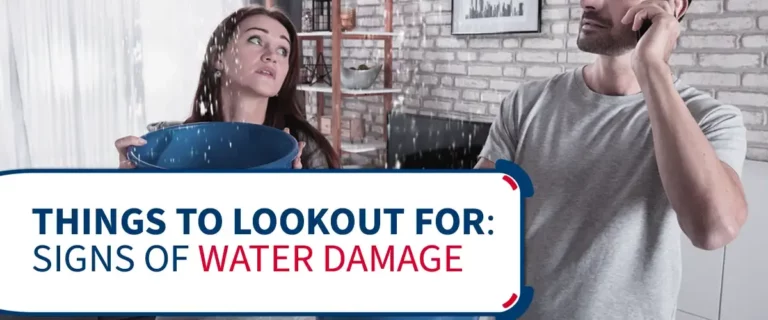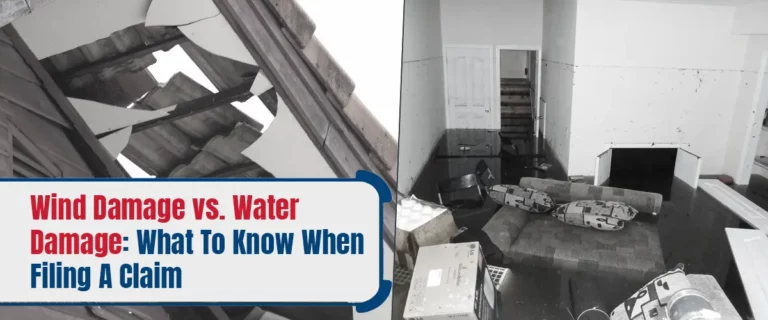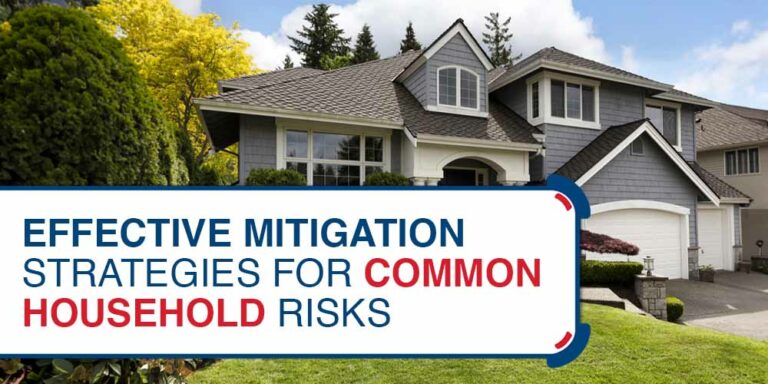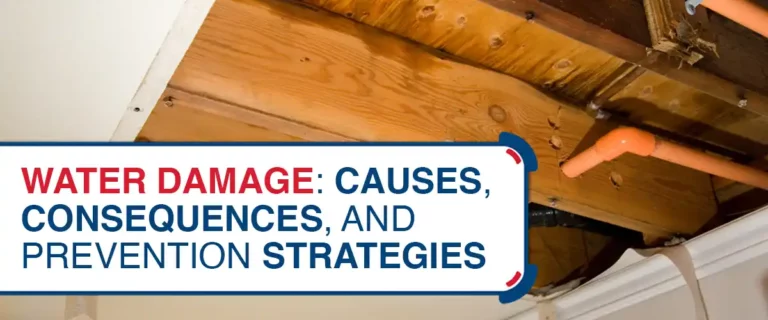Ways Water Damage Can Happen During The Winter Months
Winter can be beautiful and serene, with snow-covered landscapes and a cozy atmosphere indoors. However, it also brings its fair share of troubles, and one of the most significant concerns is water damage. While many associate water damage with heavy rains and springtime flooding, winter poses unique challenges. Winter water damage can be incredibly sneaky because it often goes unnoticed until it becomes a significant issue.
This article will examine different types of water damage that can happen in the winter and highlight the value of prevention and early detection with the help of water damage experts in Kansas City.
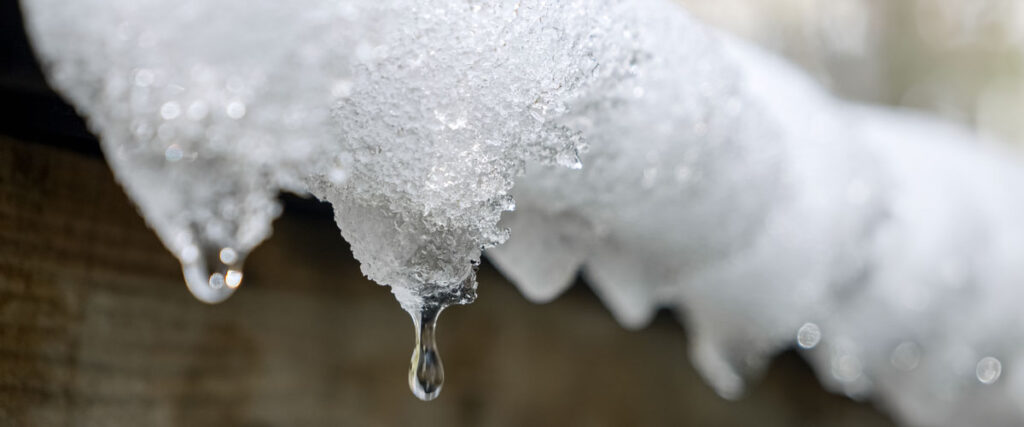
1. Frozen Pipes
Frozen pipes are one of the most common causes of water damage during the winter months. When the temperature drops significantly, water inside your plumbing can freeze, causing pipes to expand and potentially burst. This can lead to significant water leakage once the ice thaws, severely damaging your home.
Insulating your pipes properly and keeping your home adequately heated is essential to prevent frozen pipes. Additionally, allowing faucets to drip slowly can help relieve pressure in the pipes and reduce the risk of freezing.

2. Ice Dams
Ice dams are another common culprit for winter water damage. They form when snow on your roof melts due to heat escaping from your home and then refreezes near the eaves, creating an ice dam. This dam prevents further snowmelt from draining off your roof, causing water to back up and potentially seep into your home.
Specific attic insulation and ventilation can help prevent ice dams by maintaining a consistent roof temperature. Additionally, removing snow from your roof promptly after a heavy snowfall can prevent ice dams from forming.
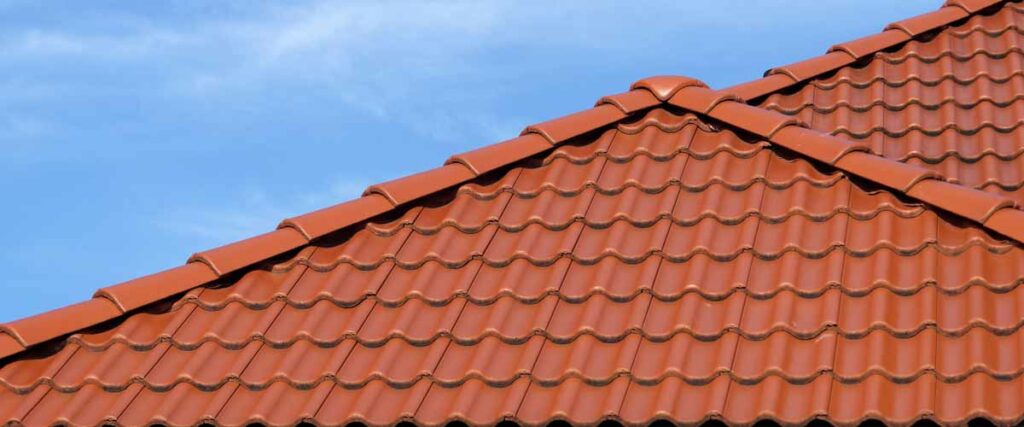
3. Roof Leaks
Winter can be harsh on your roof, especially when heavy snow and ice accumulate. Over time, this can lead to roof damage, including leaks. Leaky roofs can result in water seeping into your home’s structure, causing extensive damage to ceilings, walls, and insulation.
To maintain a leak-free roof during the winter, it’s essential to conduct regular roof maintenance and inspections. Replace missing or damaged shingles, seal gaps or cracks, and keep gutters clean to ensure proper drainage.
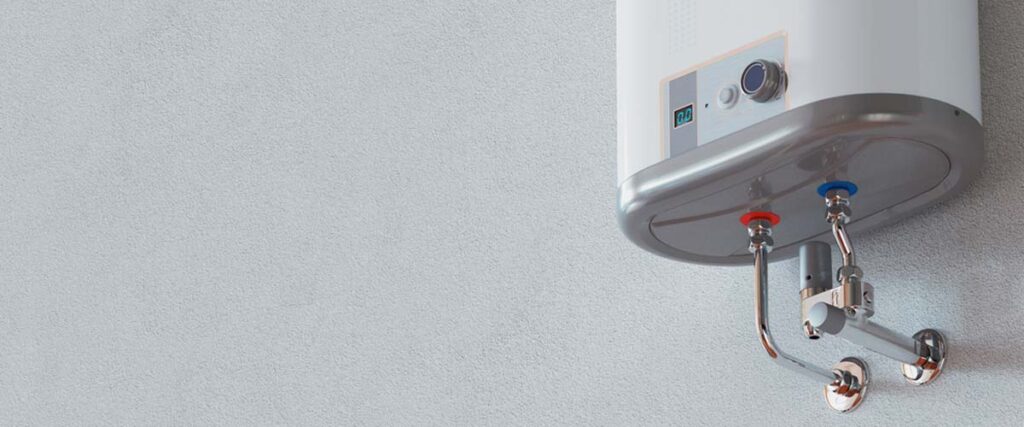
4. Burst Water Heaters
Water heaters are particularly vulnerable to cold temperatures during the winter. When the water inside your heater gets too hard, it can cause the tank to crack or burst, resulting in a significant water leak, for which you may inquire for assistance from water damage services in Kansas City.
To prevent your water heater from bursting during the winter, ensure it is in a well-insulated area and consider wrapping it in an insulating blanket. Regular maintenance and temperature monitoring can also help identify and address potential issues.
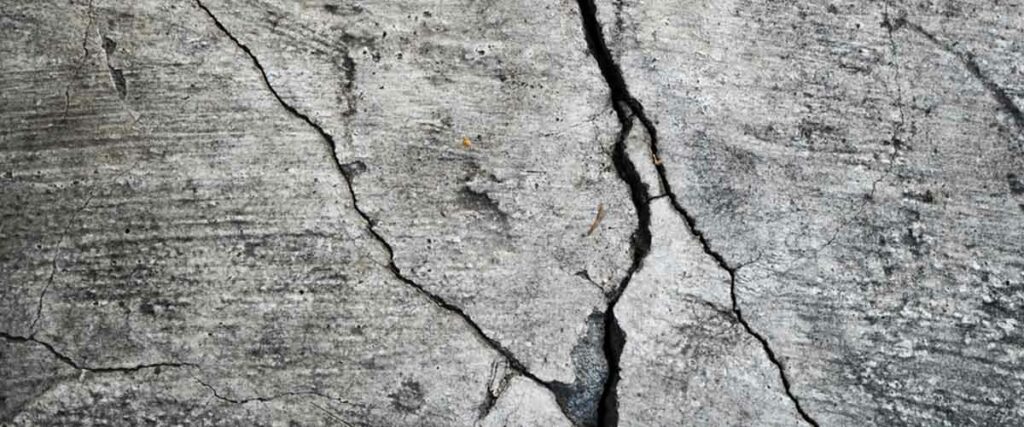
5. Foundation Cracks
Winter weather can cause the ground around your home’s foundation to freeze and expand, putting pressure on the foundation walls. Over time, this can lead to cracks in the foundation, allowing water to infiltrate your basement or crawl space.
Inspect your foundation regularly and address any cracks promptly. Proper grading around your home can also help direct water away from the foundation, reducing the risk of water damage.
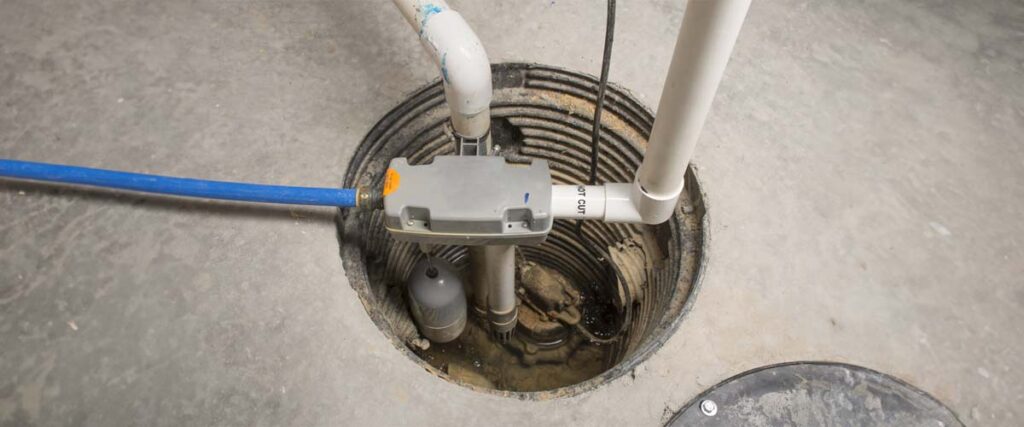
6. Frozen Sump Pump
Sump pumps are essential for preventing basement flooding, but they can be rendered useless if they freeze during the winter. When a sump pump freezes, it can’t effectively remove excess water, which can result in basement flooding.
Insulate your sump pump and discharge pipes to protect them from freezing temperatures. Regularly check that the pump functions correctly and consider installing a backup system for added security.
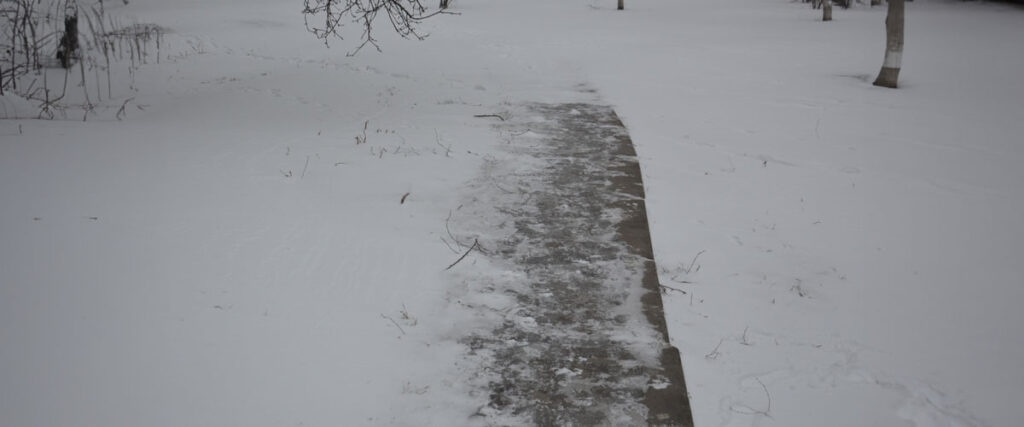
7. Snowmelt and Ice on Walkways
Excessive snow and ice buildup on walkways and driveways can lead to water damage when they eventually melt. This water can seep into your home’s foundation, causing leaks and other structural issues.
Promptly shoveling the snow and removing ice can help prevent excess water from pooling around your home. Properly graded walkways and driveways can also aid in directing meltwater away from your foundation.
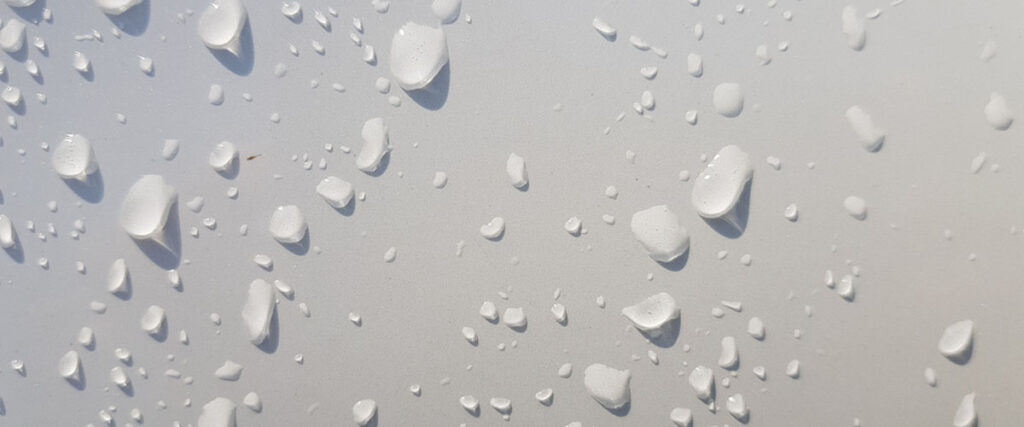
8. Condensation and Moisture Buildup
During the winter, condensation, and moisture buildup can occur inside your home due to temperature differences between the interior and exterior. This moisture can cause mold growth and damage to walls and ceilings.
Proper ventilation, insulation, and humidity control are essential to preventing condensation and moisture buildup. Ensure your home is well-sealed to minimize indoor and outdoor air exchange.

Beat Winter’s Splash: Shield Your Home!
Water damage during the winter months is a common and often underestimated problem. From frozen pipes to ice dams, roof leaks to foundation cracks, there are numerous ways water can infiltrate your home during the cold season. However, with proper maintenance, insulation, and vigilance, you can significantly reduce the risk of winter water damage.
By taking precautions and promptly solving any issues, you can enjoy a safe and dry home even when the temperature drops below freezing. Remember, a little effort in winter preparation can spare you from costly repairs and headaches.
References:
- Winter Storm | Mitigation (Property) – https://community.fema.gov/ProtectiveActions/s/article/Winter-Storm-Mitigation-Property
- How to Protect Yourself from Winter Weather – https://www.ready.gov/winter-weather
- Preventing & Thawing Frozen Pipes | American Red Cross – https://www.redcross.org/get-help/how-to-prepare-for-emergencies/types-of-emergencies/winter-storm/frozen-pipes.html


